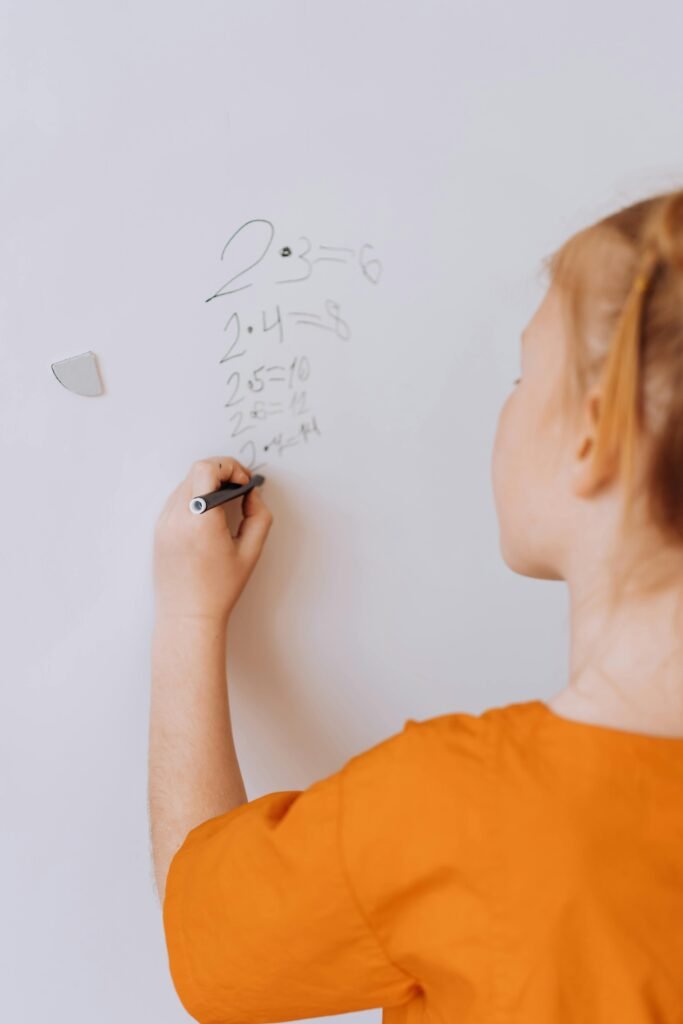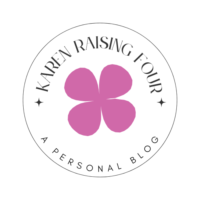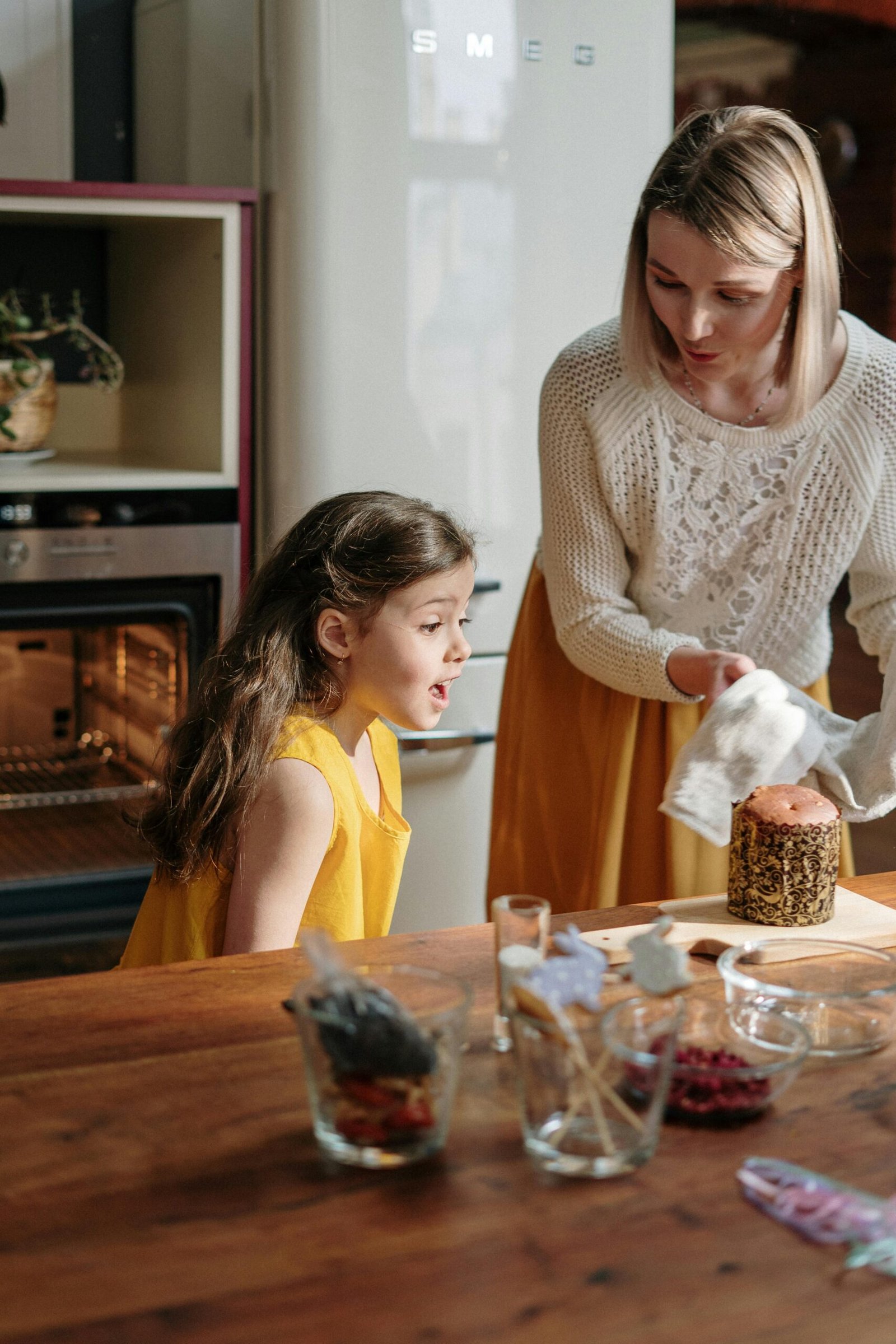In the whirlwind of a busy family life, keeping track of everyone’s schedules can feel like juggling flaming torches while riding a unicycle. As a mom with four kids, I know firsthand how chaotic things can get with school, sports, and social activities all vying for attention. That’s where the white board hack comes in—a simple yet genius solution for family organization that has been a game-changer in our household. By hanging a large white board in a central spot, you can create a family calendar and checklist for kids that not only keeps you sane but also empowers your little ones to take charge of their day. It’s one of those parenting hacks that truly transforms chaos into harmony, and trust me, it works wonders!

Introduction to the White Board Hack
Inspiration from a Busy Family
Managing a bustling household with multiple kids is no small feat. Between school drop-offs, after-school activities, and social events, it often feels like there’s barely a moment to breathe. This is where the white board hack finds its roots—inspired by families just like ours who needed a sanity-saving solution. The idea is simple yet effective: a large white board displayed in a common area acts as the command center for family organization. It becomes a space where everyone can see the day’s schedule, tasks, and reminders at a glance. By creating a family calendar and checklist for kids, you not only streamline the flow of the day but also involve everyone in the planning process. This little family organization hack turns the chaos of a busy family life into a more manageable routine, making it one of the ultimate busy family tips for thriving amidst the hustle and bustle. Here’s the cheapest way to get started:

Benefits of Family Organization
Implementing the white board hack in your home brings a host of benefits, especially for busy families juggling numerous responsibilities. First and foremost, it fosters a sense of shared responsibility among family members. When kids see their daily tasks and schedules displayed, it encourages them to become more self-sufficient and accountable. The family calendar becomes a visual representation of teamwork, helping everyone align on daily activities and goals. Furthermore, having a centralized system reduces stress by minimizing forgotten appointments or last-minute scrambles. It’s a significant time saver, as everything you need to remember is right in front of you. Additionally, this method can improve communication within the family. It offers a clear and straightforward way for everyone to know what’s happening and when, reducing the chance of miscommunication. Overall, this simple tool not only enhances family organization but also strengthens family bonds by promoting collaboration and understanding.
This is a great whiteboard with plenty of space for all your ideas:
Getting Kids Involved
One of the standout features of the white board hack is its ability to get kids actively participating in the family organization process. Encouraging kids to engage with the board empowers them to take ownership of their day. Start by letting them check off completed tasks on their checklist for kids, which can be both motivating and rewarding. It’s a practical way for them to visualize their responsibilities and manage their time better. Involving them in updating the family calendar can also teach valuable lessons in planning and prioritization. You can even make it a fun weekly activity where everyone gathers to update schedules and discuss upcoming events. This involvement not only boosts their confidence but also nurtures essential life skills like accountability and time management. Plus, it provides an opportunity for younger kids to practice reading and writing in a real-world context, making it an educational experience as well.
This white board is removable, making it easy to put up and take down:
Setting Up Your White Board
Choosing the Right Location
Selecting the ideal spot for your white board is crucial for maximizing its effectiveness in family organization. The goal is to place it in a highly visible and frequently visited area—think of places where the family naturally gathers. The kitchen, for instance, is often the heart of the home and a perfect location to keep everyone informed as they grab breakfast or prepare dinner. Alternatively, the hallway near the entrance can also be a strategic spot, ensuring everyone sees the family calendar and checklist for kids as they head out the door. It’s important to ensure the board is at a height accessible to all family members, especially the little ones. This accessibility encourages kids to interact with it regularly, reinforcing their involvement. Consider lighting and glare as well; a well-lit spot will make it easy to read and use at all times. By carefully choosing the right location, the white board hack becomes an integral part of your daily routine.
This standing white board can be moved around your living room, kitchen, or children’s rooms:
Essential Tools for Success
To make the most out of your white board hack, equipping it with the right tools is fundamental. Begin with a set of colorful dry-erase markers. Different colors can be used to represent various family members, activities, or priority levels, making the family calendar visually intuitive. Incorporating magnetic accessories can also be beneficial. Magnetic clips or holders for markers keep everything in one place, reducing the likelihood of misplaced items. Consider using magnetic strips or sticky notes for adding temporary notes or reminders. A good eraser is essential for keeping the board clean and easy to update. For families who want additional functionality, a magnetic whiteboard with a corkboard section provides space for pinning important papers, invitations, or school notices. Investing in quality tools ensures that your board remains a reliable hub for family organization, supporting a seamless flow of information and responsibilities. These essentials transform your white board into a productive and interactive space.
Designing Your Family Calendar
Creating an effective family calendar on your white board involves a thoughtful approach to design. Start by dividing the board into sections that represent each day of the week. This layout provides a clear overview of upcoming activities and deadlines. Use lines or grids to separate days and make the schedule easy to read. Assign each family member a specific color to quickly identify their activities. This color-coding system simplifies tracking who needs to be where and when. Include sections for recurring events, such as weekly sports practices or music lessons, to save time and effort. Don’t forget to reserve space for special notes or reminders, like birthdays or upcoming school projects. This flexibility allows the calendar to adapt to changing schedules. Encouraging your kids to update their sections helps them stay engaged and responsible for their commitments. A well-designed family calendar becomes a cornerstone of family organization, efficiently managing the busy family’s life.
Implementing the White Board System
Creating Effective Checklists for Kids
Crafting checklists for kids on your white board is a strategic way to boost productivity and independence. Start by listing daily tasks in a simple, clear format that even the youngest family members can understand. Break down larger tasks into manageable steps, which helps prevent overwhelm and ensures nothing gets overlooked. Use illustrations or symbols for younger children who are not yet reading fluently. Encouraging kids to check off completed tasks provides a sense of achievement and reinforces positive behavior. Consider categorizing tasks by morning, afternoon, and evening to keep the day organized and predictable. Regularly updating these checklists keeps them relevant and engaging, allowing for changes in routines or new responsibilities. Involving kids in creating their checklists empowers them to take ownership of their duties, fostering self-discipline and confidence. Overall, effective checklists for kids transform daily routines into manageable and rewarding experiences.

Daily Routine and Task Management
Incorporating a daily routine on your white board is crucial for streamlining task management within the family. Start by outlining the day’s structure, including key activities such as meal times, homework, and bedtime. This framework provides a consistent rhythm to the day, helping kids understand what to expect and when. Clearly defined time slots for each activity encourage punctuality and time management skills. Encourage kids to take an active role by assigning them responsibilities, such as setting up for family meals or tidying their rooms. Use the white board to highlight important tasks, prioritizing them to ensure they are completed first. This method helps prevent the last-minute rush and reduces stress. Regularly reviewing and adjusting the routine keeps it flexible and responsive to the family’s evolving needs. By using the white board as a tool for organizing daily routines, families can efficiently manage tasks and maintain a balanced, harmonious home environment.

Tips for Maintaining Consistency
Consistency is key when implementing the white board system in your family routine. Start by establishing a set time each week to update the family calendar and checklists. This regular schedule helps embed the practice into your family’s routine, making it a non-negotiable part of your week. Encourage family members to check the board daily, perhaps pairing it with other daily activities like breakfast or dinner. This repetition helps it become second nature. Involve the kids in the process by letting them update their own sections, which fosters a sense of ownership and reinforces the habit. Flexibility is also important; adapt the board content as needed to reflect changes in plans or schedules. Celebrate small successes to keep motivation high, perhaps by acknowledging when a week goes smoothly due to everyone’s contributions. By maintaining consistency, the white board evolves from a simple tool into a reliable pillar of your family organization strategy.







